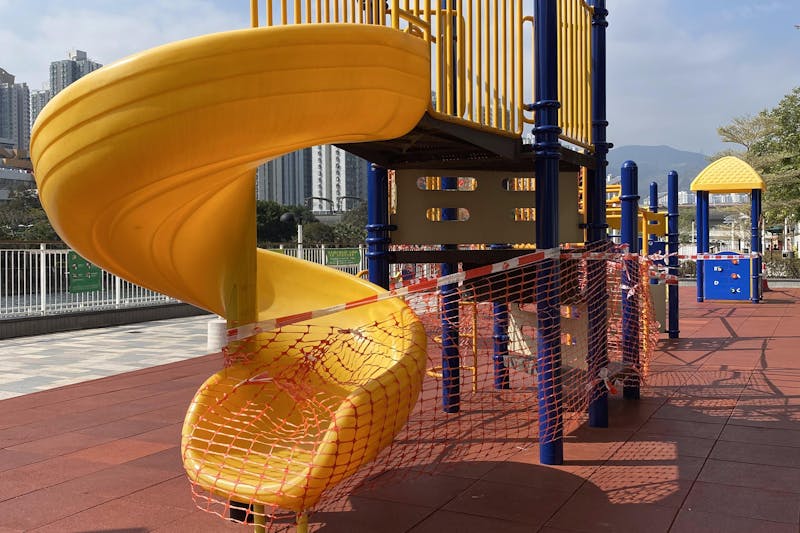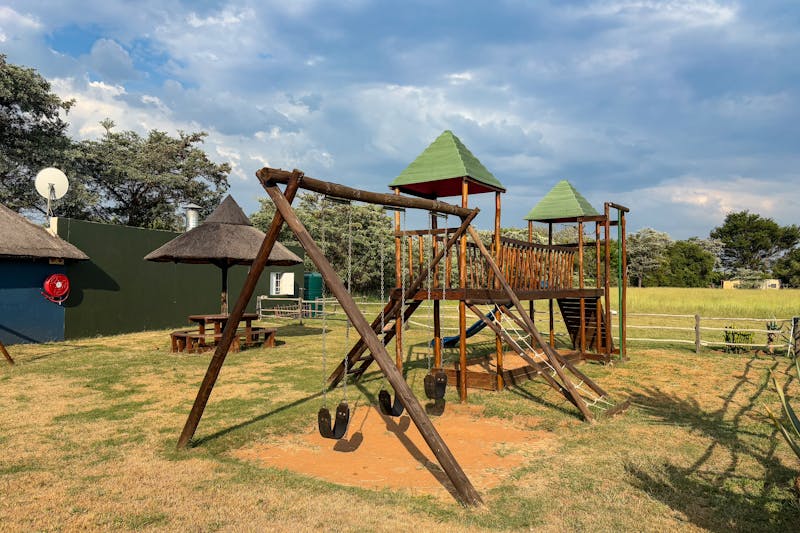
In our ever-evolving society, the conversation around inclusivity and universal design has never been more crucial. How can we ensure that all children, regardless of their abilities, can play and grow together? What role does the environment, particularly playgrounds, play in fostering inclusivity? And more importantly, how can we design playgrounds that are accessible to all children? In a bid to shed light on these essential questions, we delve into the world of accessible playground design. This in-depth exploration will enlighten you on just what these playgrounds offer, the remarkable minds behind them, and their vast array of benefits.
Building playgrounds that cater to every child’s needs requires an intricate blend of ingenuity, creativity, empathy, and technical expertise. As such, this blog post will delve deeper into the realm of accessible playground designers, highlighting their work ethos and the impact of their contributions.
Throughout this blog post, we will explore an overlooked yet essential facet of our society – accessible playground designs. Together, we will unpack the specific benefits these playgrounds offer to children with varying abilities, the features that set them apart, the design process that goes into creating them, the challenges faced, and the triumphs won along the way.
Who Are Accessible Playground Designers?
Accessible playground designers are specialized individuals or teams tasked with creating playground environments where children of all abilities can engage, interact and have fun. They employ the use of universal design principles every step of the way, ensuring that the equipment, layout, and features of the playground promote inclusivity and accessibility.
These designers are conscious of the varying needs of children. They particularly focus on creating an environment where children with limitations can play alongside their peers effortlessly. Much more than just designing playgrounds, these individuals are pioneering a social revolution, pushing the boundaries of inclusivity and diversity in public spaces.
Unearthing the Array of Benefits of Accessible Playgrounds
Accessible playgrounds are more than just an inclusive space; they’re an invaluable tool for promoting social integration, fostering empathy, and enhancing motor skills development among children. The impact of an accessible playground transcends the physical and neurological benefits to include a positive psychological and emotional influence on children.
On the social front, accessible playgrounds serve as melting pots, fostering organic interactions and friendships among children of all abilities. Psychologically, these playgrounds can bolster self-esteem and foster a sense of belonging among children with special needs. From a developmental standpoint, the tailored play equipment and activities in these playgrounds facilitate the physical, cognitive, and sensory growth of children.

Accessible Playground Designers
The Unique Features of Accessible Playgrounds
Accessible playgrounds come chalk-full of unique design features that are aimed at ensuring all-inclusive play. This could include wider paths that accommodate wheelchairs, lower platforms for those with mobility challenges, sound play features for visually impaired kids, and calming secluded spaces for children with sensory processing disorders.
Flexible use equipment, ample space, and the careful selection of materials also come into play. The overall design of these playgrounds caters to a wide spectrum of abilities, ensuring that no child is left on the sidelines.
The Indispensable Role of the Design Process
Behind every accessible playground lies an intricate design process that balances creativity, empathy, and technical expertise. From the initial conceptualization phase, designers empathetically envisage the experiences of all potential users. This extends to choosing materials, considering safety, and planning layouts, all of which should suit and excite children with a range of abilities.
Overcoming the Challenges in Accessible Playground Design
Creating accessible playgrounds isn’t without challenges. Designers have to consider numerous factors like cost, space, community acceptance, and constantly evolving design and safety standards. Despite these hurdles, accessible playground designers continually strive to push the envelope of innovation and inclusivity in their projects.
H1: The Future of Playground Inclusivity
Accessible playgrounds serve as a testament to our society’s commitment to inclusivity, showcasing how creativity and empathy can transform public spaces into beacons of acceptance and diversity. But there’s still a journey ahead of us.
With every accessible playground designed and built, we get one step closer to an inclusive society where play, fun, and growth are not limited by a child’s abilities. It’s up to us all to keep the wheels of this revolution turning – for in the end, every child deserves the chance to play.
In wrapping up, the intricacies behind accessible playground design reveal a complex interweaving of empathy, creativity, and technical expertise. The efforts exerted by these remarkable designers undeniably lay the foundation for a more inclusive future – one where every child’s right to play is respected and upheld.





